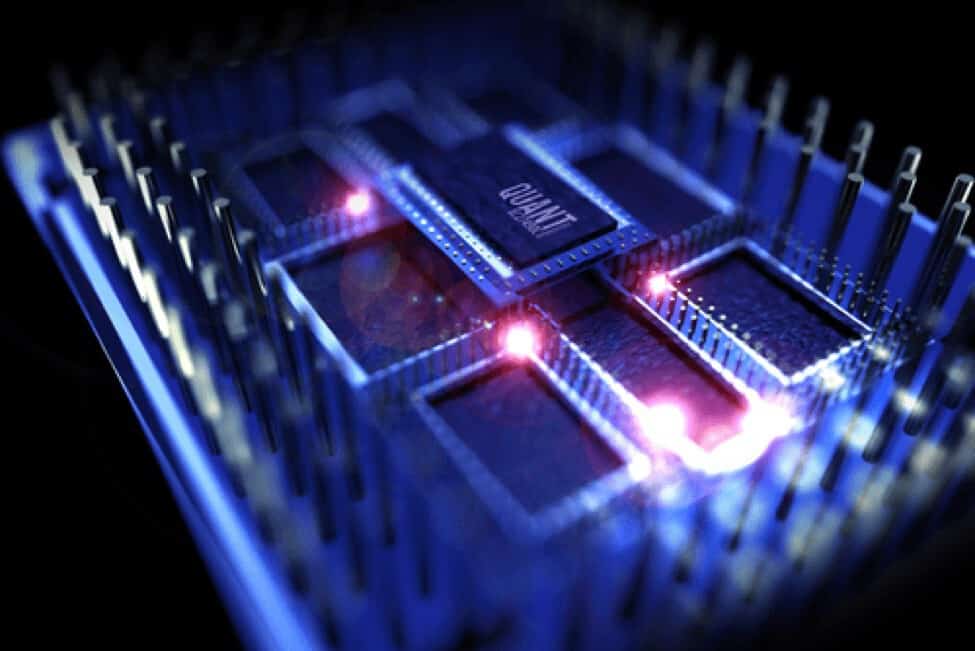Artificial intelligence is shaping up to be the next battlefront in the global arms race. The Chinese government recently published a policy document outlining plans to take the leading role in global AI by 2030, relying on support from the country’s tech giants, such as Alibaba and Tencent. In response, the Pentagon is turning to Silicon Valley to support Project Maven, an initiative to keep the U.S. at the forefront of AI military research and development.
This impetus from the world’s two wealthiest governments will accelerate the growth of the already-booming AI market, on track to reach a global value of $1.2 trillion by 2020. Here’s a look at recent innovations in AI, along with probable trends for future directions in the industry.
On-device AI for Smartphones
For consumers, one of the most practical recent innovations in artificial intelligence is the emergence of on-device AI for smartphones. Traditional artificial intelligence applications require a significant amount of computing power, typically requiring support from local computers or cloud-based infrastructure. Until recently, this limited the applicability of artificial intelligence for smartphones, since tapping into remote cloud resources slows download speeds.
However, recent smartphone innovations have made it possible to run AI applications directly on mobile devices without requiring cloud downloads. This is enabling innovative on-device applications that require AI support, such as biometric facial and voice recognition, natural language processing, smart photography and immersive virtual reality. As on-device AI use expands, artificial intelligence will increasingly become mainstream for consumer applications.
AI, 5G, and the Internet of Things
Another technology that will increasingly bring AI to the consumer mainstream is 5G wireless networks. At this year’s Mobile World Congress, one of the major themes was how 5G can support AI applications for connected devices. 5G will deliver data up to 100 times faster than current 4G networks and 10 times faster than current broadband, working in conjunction with on-device AI technology to enable AI for all connected devices.
This merger of AI and 5G will have many important applications for the Internet of Things. One of the most significant will be 5G support for AI-powered connected cars and autonomous vehicles. For instance, General Motors and IBM have partnered to upgrade GM’s OnStar system to include AI features, enabling applications such as automatically locating the nearest gas station and paying for fuel from inside the vehicle. Meanwhile, companies such as Tesla and Uber are aggressively pursuing development of AI-driven autonomous vehicles with features such as automated braking, collision avoidance, pedestrian alerts and cruise control.

AI and Quantum Computers
Another revolutionary technology that will accelerate AI application deployment is the emergence of quantum computers. In contrast to traditional computers, which store information in bits with only one of two possible values, quantum computers store information in qubits, which can use superpositions of bit values to represent multiple values at once. This enables quantum computers to perform multiple operations simultaneously, exponentially increasing processing speed. IBM is currently pursuing plans to market quantum computers that are millions of times faster than current computers.
One of the primary reasons for developing quantum computers is to support artificial intelligence applications. AI running on traditional computers can already perform impressive tasks. On quantum computers, researchers anticipate that AI will be able to not only perform these tasks faster, but also perform tasks beyond the capability of traditional computer architecture. For instance, MIT and University of Innsbruck scientists are developing a quantum computer that can factor any number no matter how large, which among other applications could crack encryption codes, as well as create encryption codes that are hack-proof. Other potential applications for quantum AI include analyzing astronomical data to find new planets, decoding molecular structures and modeling financial trends.
On-device mobile AI, 5G-powered AI and quantum AI are three cutting-edge developments that herald the future direction artificial intelligence is likely to take. As these and another AI innovations continue to develop, artificial intelligence will become increasingly incorporated into both academic and business applications as well as consumer applications, transforming our society and culture in ways we have yet to imagine.

